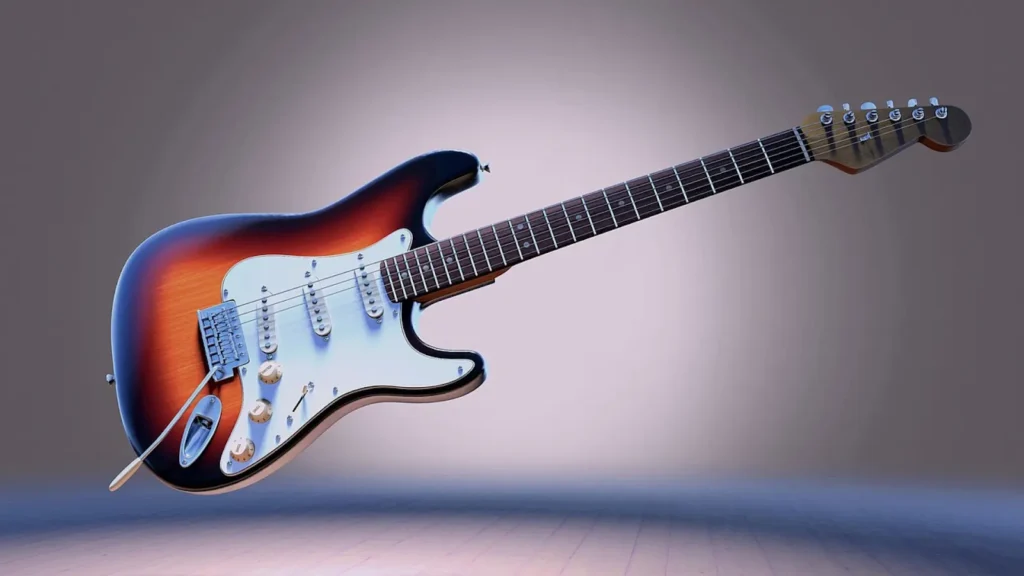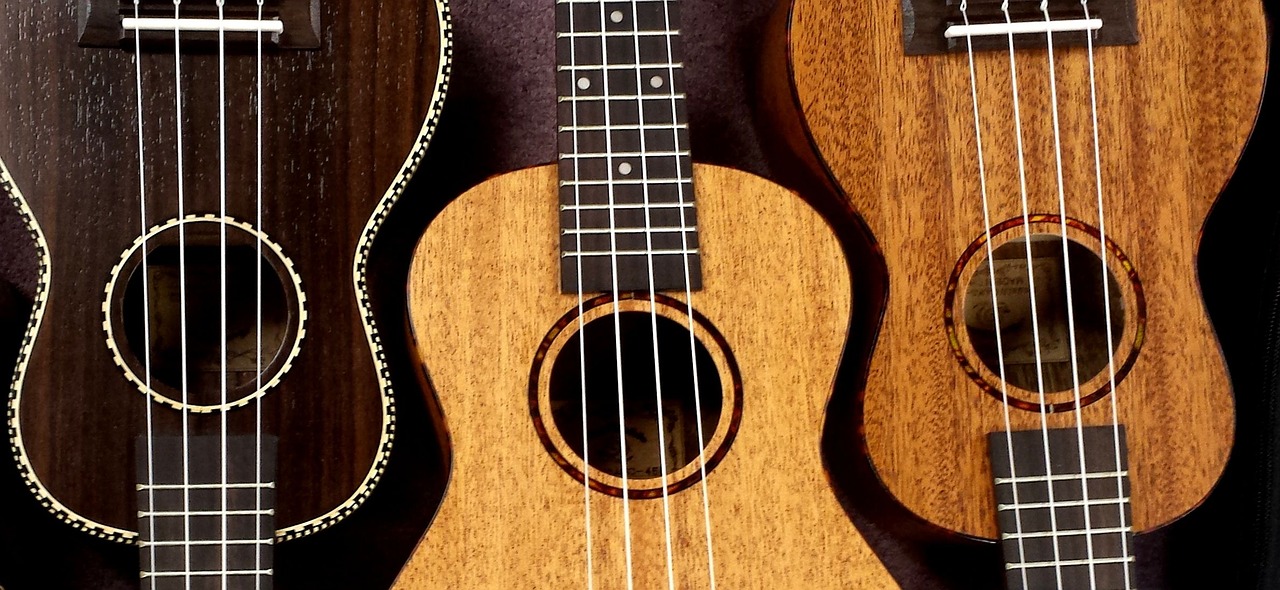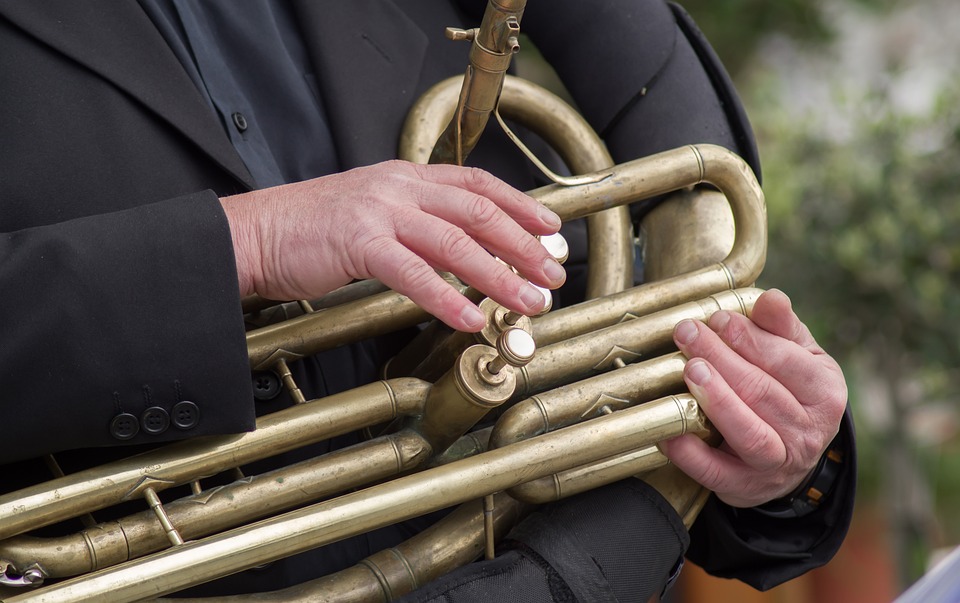How to Hold a Guitar Properly: In Simple Steps
Janvi Arora
- 26 August, 2024
- 11 min read

Table of Contents
In this blog, we will guide you through the essential steps on how to hold a guitar properly, ensuring both comfort and technique. Starting with choosing the right guitar for your body size and shape, we’ll move on to the differences between playing seated and standing. You’ll learn about the proper seating position, how to position the guitar on your thigh, hold the neck and place your right hand. We’ll also cover adjusting a guitar strap for standing play and point out common mistakes beginners should avoid.
Why Should I Learn to How to Hold a Guitar Properly?
Learning ‘how to correctly hold a guitar’ is fundamental for any aspiring guitarist. Proper techniques ensure comfort during practice and performance and play a crucial role in preventing injuries and developing good playing habits. When you hold the guitar properly, you can play more efficiently, with better control and precision. This foundational skill reduces muscle strain, enhances finger placement, and improves sound quality. Whether sitting or standing, understanding the correct posture and hand positions will significantly contribute to your progression as a guitarist, making your learning journey smoother and more enjoyable.
Essential Tips to Hold a Guitar
As stated above, the vital importance of holding a guitar correctly for comfort and effective practice in the following sections, we will provide detailed guidance on how to sit and hold a guitar, as well as how to maintain proper posture while standing. These tips will help you develop a solid foundation and enhance your playing ability.

How to Sit and Hold a Guitar: A Beginner’s Guide
Choose the Right Size for Your Guitar: Selecting the appropriate size for your guitar is crucial for your comfort and ease of playing. If you’re an adult, you’ll likely want a full-sized guitar, but for children or individuals with smaller frames, there are smaller-sized options available. Visit a music store and try out different sizes to find the one that feels most comfortable and natural for you. Keep in mind that the right-size guitar will allow you to reach all the frets and strings without straining your arms or hands. Are you confused about how to learn the Guitar string Names? Then, explore our blog for various ways to remember the names!
Choose the Right Chair: When choosing a chair for playing guitar, opt for one that is sturdy and offers back support. A chair with a straight back will help you maintain good posture. Avoid chairs with arms or cushions that may restrict your movement or cause discomfort during long practice sessions. Remember, the goal is to find a chair that allows you to sit comfortably for extended periods without straining your back or shoulders.
Sit on the Front Edge: Positioning yourself on the front edge of the chair is key to maintaining proper posture while playing guitar. Sitting forward allows your back to remain straight, which is essential for preventing fatigue and strain. Avoid slouching or leaning back in the chair, as this can put undue pressure on your lower back and make playing more difficult. Sit up tall with your feet flat on the ground, and engage your core muscles to support your spine.
Rest the Curve on Your Leg: If you’re playing an acoustic guitar, rest the curve on your dominant leg. This position provides stability and allows for easy access to the fretboard. The instrument should be placed on the non-dominant leg for classical guitars, using a footstool or guitar support to elevate it to the proper height. Experiment with different leg positions until you find what feels most comfortable and allows for optimal playing technique.
Position the Guitar Neck: Tilt the guitar neck upward at a slight angle to make it easier to reach and play. This angle facilitates smoother fretting and allows for better visibility of the fretboard. Avoid tilting the neck too far, as this can strain your wrist and make playing more difficult. Find a comfortable angle to see the fret markers clearly while maintaining a relaxed hand position.

Elbow Placement: Keep your strumming arm’s elbow close to your body for stability and a comfortable playing position. This position allows for greater control and accuracy when strumming or picking. Avoid letting your elbow stray too far from your body, as this can lead to tension and fatigue in your shoulder and arm muscles. Keep your arm relaxed and use your wrist to generate motion when strumming or picking.
Hand Placement on the Neck: Place your fretting hand comfortably on the guitar neck, with your thumb resting lightly on the back for support. Position your fingers directly behind the frets, ready to press down on the strings with the tips. Steer clear of gripping the neck too firmly, as excessive tension can arise, hindering your dexterity. Instead, maintain a relaxed but firm grip, allowing your fingers to move freely and efficiently across the fretboard.
Balance the Guitar Body: Achieving balance with the guitar body is essential for comfortable playing. Distribute the weight evenly across your body by adjusting the position of the guitar on your lap. Make sure the neck is not tilting too far forward or backward as this can strain your wrist and make playing more difficult. Experiment with different positions until you find what feels most comfortable and allows for optimal playing technique.
Find the Right Height: Whether sitting or standing, the guitar should be positioned at a height that allows you to easily reach all the frets and strings without straining. If sitting, adjust the height of your chair or use a footstool to elevate your leg and raise the guitar to the proper level. If standing, adjust the length of your strap so that the guitar hangs comfortably at waist level. Finding the right height will ensure a comfortable playing position and reduce the risk of injury.
Strap Adjustment: If you prefer to use a strap while sitting, adjust it to a length that allows the guitar to hang comfortably and securely. The strap should support the weight of the guitar without pulling on your shoulders or neck. Experiment with different strap lengths until you find what feels most comfortable and allows for optimal playing technique. Remember to keep the guitar positioned at the proper height to avoid straining your arms or hands while playing.
Check out our blog about various Guitar Accessories to learn what’s missing in your guitar kit!
Relax Your Shoulders: Ensure your shoulders are relaxed and not hunched while playing guitar. Tension in the shoulders can restrict movement and lead to discomfort or injury over time. Take a moment to check in with your shoulders periodically during practice sessions, and consciously release any tension you may be holding. Relaxing your shoulders will help you maintain a natural and comfortable playing position, allowing for smoother and more fluid movements.
Maintain a Relaxed Posture: Sit comfortably but attentively while playing the guitar, maintaining a relaxed posture that allows for easy movement and control. Avoid slouching or leaning too far forward, as this can strain your back and shoulders. Instead, sit up tall with your spine straight and your shoulders relaxed. Keep your feet flat on the ground and your weight evenly distributed between your sitting bones. By maintaining a relaxed posture, you’ll be able to play with greater ease and precision, while reducing the risk of fatigue or injury.

Mastering the Art of Holding a Guitar while Standing
Adjust the Guitar Strap: When adjusting the guitar strap, you want to find a length that allows the guitar to rest comfortably against your body while you move your arms and hands easily. It’s a personal preference, but a good rule of thumb is to adjust the strap so that the guitar hangs around the waist level. This position allows optimal reach to the fretboard without straining your arms or shoulders. Experiment with different strap lengths until you find what feels right for you. Remember, the goal is to achieve a balance between comfort and functionality.
Secure Body Placement: Once you’ve adjusted the strap to the desired length, position the guitar body against your torso. This placement is crucial for maintaining stability. Find a spot where the guitar feels secure against your body without being too tight or restrictive. This position not only ensures stability but also allows for easy access to the frets. Keep in mind that everyone’s body shape is different, so take the time to adjust the guitar’s position until it feels comfortable and natural for you.
Set Guitar Neck Angle: The angle of the guitar neck plays a significant role in your ability to play comfortably and efficiently while standing. You want to tilt the neck slightly upward, creating a natural extension of your arm and hand position. This angle facilitates smoother fretting and allows for better reach across the fretboard. Experiment with different neck angles to find what works best for you. Just make sure not to tilt it too far forward or backward as this can strain your wrist and make playing more difficult.
Maintain Good Posture: Good posture is essential for playing guitar while standing. Stand with your feet shoulder-width apart and your back straight, avoiding slouching or leaning too far forward. Relax your shoulders and let your arms hang naturally at your sides. Keep your head up and your chin parallel to the ground. This posture helps prevent fatigue and discomfort and promotes better breathing and circulation, which enhances your overall playing experience.
Practice Standing Movements: Playing guitar while standing involves more than just strumming chords or picking melodies. It’s about incorporating movement into your playing while maintaining balance and control. Practice simple chord progressions or scales, focusing on maintaining stability and fluidity in your movements. As you feel more at ease, begin integrating advanced techniques like bending strings, sliding between notes, and transitioning between different positions on the fretboard. Pay attention to how your body responds to various movements and adjust accordingly. With consistent practice, you’ll develop the muscle memory and confidence to play guitar while standing up like a pro.

Tips on Holding a Guitar Pick Correctly
Choose the Right Pick: Select a pick that suits your playing style and preferences. Picks come in various shapes, sizes, and materials each offering a different feel and sound. For instance, thicker picks are often preferred for playing lead guitar and achieving precise, powerful notes, while thinner picks are great for strumming chords smoothly. Experiment with different picks to find the one that complements your technique and the music you play.
Firm Grip but Not Too Tight: Hold the pick between your thumb and index finger with a firm yet relaxed grip. Gripping too tightly can lead to tension and fatigue in your hand while holding it too loosely might cause the pick to slip. Aim for a balance that keeps the pick secure without straining your fingers. A relaxed grip allows more fluid and controlled movements, improving playing comfort and endurance.
Position the Pick Correctly: Orient the pick so that the pointed end is facing the strings. The broader part of the pick should rest against your thumb, with the tip extending out from the side of your index finger. This positioning ensures pick strikes the strings accurately and consistently, producing a clean and articulate sound. Proper positioning also helps maintain a steady grip during fast or intricate playing.
Angle the Pick for Strumming: Tilt the pick slightly, creating a comfortable angle for smooth strumming. Angling the pick allows it to glide over the strings with less resistance, resulting in a more fluid and natural strumming motion. This slight tilt reduces the chances of the pick getting caught between the strings, helping you achieve a consistent and pleasant sound whether you are playing softly or with more intensity.
Experiment with Pick Thickness: Try picks of varying thicknesses to find the most comfortable and responsive one. Pick thickness affects both the sound and the feel of your playing. Thinner picks offer flexibility and a lighter touch, ideal for strumming and producing a softer tone. Thicker picks provide more control and a firmer attack, making them suitable for precise picking and producing a louder, more defined sound. Test different thicknesses to see how they influence your playing style and tone.
If you found this information useful, please share this blog with aspiring learners who have questions like, ‘How do you hold an acoustic guitar’, ‘How to hold a guitar pick’, ‘Best way to hold a pick for guitar’ or ‘Best way to hold a plectrum’. You can also explore our guitar lessons and bass lessons to gain a detailed understanding of everything about your stringed instrument!



